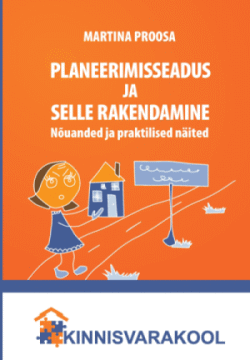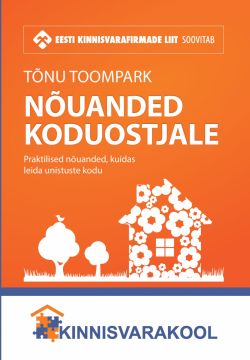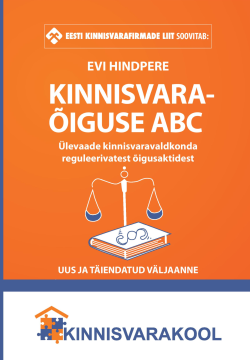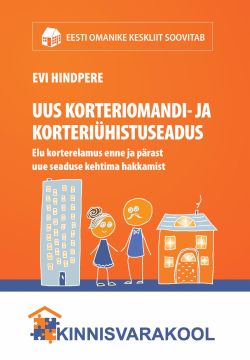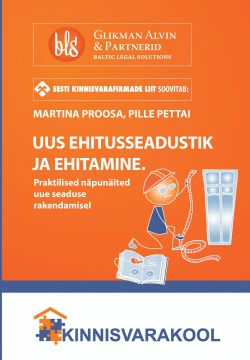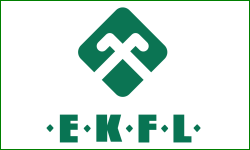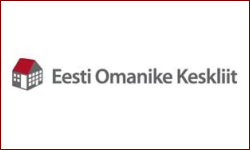Here at Tallinn Property we like to focus on residential real estate, but it’s worth taking time out on occasion to examine how other areas of the real estate market are faring.
Real estate analysts Colliers international’s monthly survey, when taking 2011 as a whole, has shown that whilst at the beginning of 2011, no significant changes were expected to take place in the market, there was a surprise in store in the office space sector, where at the end of the year there were few vacancies and a rise in the rental price for new office space.
“There is a distinct lack of first-rate office space, and thus we forecast that by 2013 there will be an increase in this area in the central business district [of Tallinn] of at least 10 000 square meters” says Colliers Investment and Evaluations manager Margus Tinno.
“The retail sector, which saw a high degree of competition between supermarket chains in 2011, will see this trend continuing into 2012. Rental rates for long term tenants should remain stable; however some smaller landlords may increase rents” Mr Tinno went on.
Activity in the real estate market saw some unexpected developments in 2011, which was mainly driven by the public sector. In 2012 the Technomedicum (incorporating the biomedical engineering, clinical medicine departments together with the cardiology centre) and Mechatronics Centre at the Tallinn Science Park is due to be finished, and about half of the space is so far subject to rental lease agreements with the state.
Additionally, the Ülemiste Technopolis has started to construct some new office space, of which 11 600 square metres is to be taken up by the Estonian Tax and Customs authority. Furthermore a new headquarters for the Estonian Statistics office, of around 4 4000 square metres, has been planned for the end of 2013, all of which makes the public sector the most important driving force in the marketplace for office space.
2011 saw a growth in exports which in turn led to increased demand for industrial and warehouse space. A significant number of industrial enterprises and foreign capital-based companies, which work primarily in the electronics and distribution fields, have begun to consider expanding and thus need to find additional or entirely new space. However, due to rising construction costs, commercial rental prices have increased significantly (by 50 per cent or more when compared with 2009). Colliers predicts that the industrial warehouse market will be seeing a distinct lack of larger, high quality space, and so there is a current gap in the market for speculative, good quality warehouse space with a provisional asking rental of 4-4.50 Euros per square metre per month.
Overall, the boom time of the middle 2000s saw a decline in the use of warehouse ownership. More and more warehouse users are preferring to rent warehouse space, thus keeping themselves free of the capital and real estate commitments that ownership entails. The situation is somewhat different for heavy industry, however, where more specialised production demands tend to necessitate ownership of suitable facilities.
“Whilst the debt crisis in the Eurozone has continued to adversely affect the investment market, the total volume of investment in this area in 2011 came to around 250 million Euros, which is more than three times the value for 2010″ Tinno goes on.
“The largest single deal in the history of the Estonian real estate market took place in 2011 as well, when publicly-traded Finnish retail investor Citycon purchased the Kristiine shopping centre in Tallinn for 105 million Euros. We anticipate that the investment arket in 2012 will continue to be active, because most investors now have the funds available, and the market is expecting to see investment coming to sites” he concludes.
The original article (in Estonian) as published on Tõnu Toompark’s Adaur blog, can be viewed here.
 Andrew Whyte
Andrew Whyte
Tallinn Property by Goodson & Red



